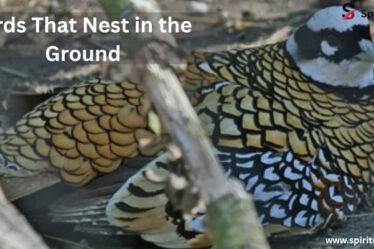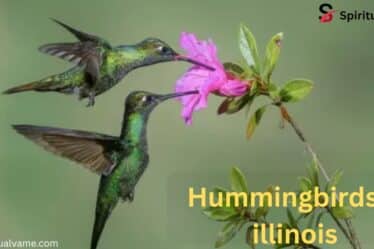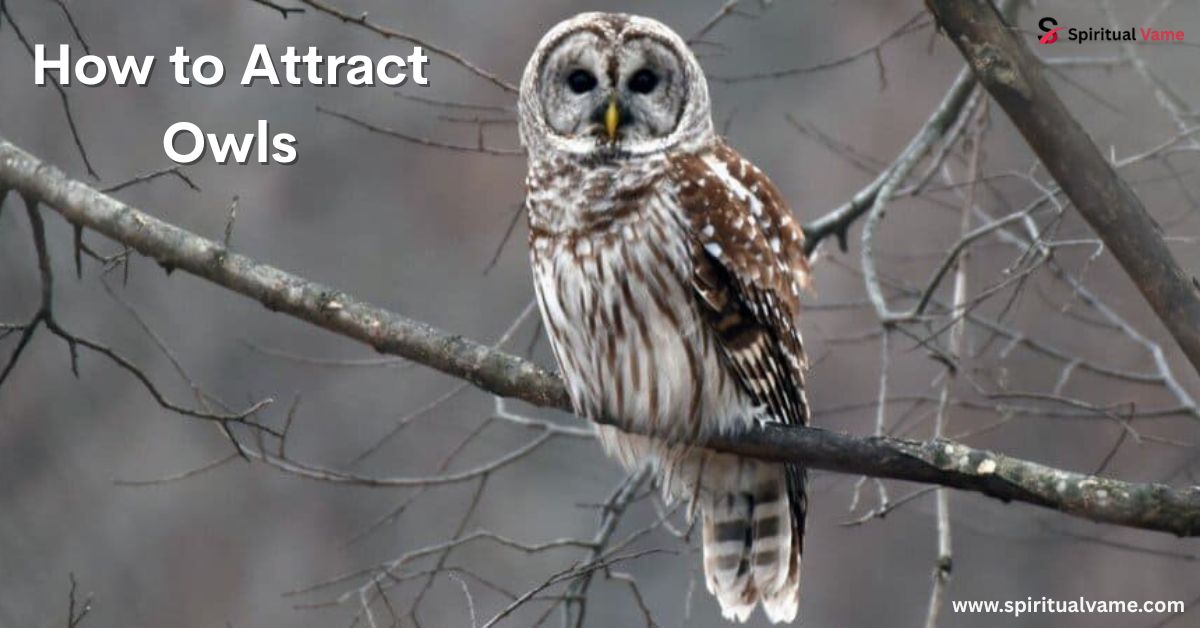
Many people in the USA dream of hearing the soft hoot of an owl in their backyard. Learning how to attract owls to your garden can bring a sense of mystery and wonder to your outdoor space. Owls are important parts of the natural world. They help control rodents, mice, and small mammals while keeping your garden full of life. Whether you want to attract a Barn Owl, Great Horned Owl, Eastern Screech Owl, or a Northern Saw-whet Owl, there are steps you can take. In this guide, you will learn safe and responsible ways to create a welcoming home for these amazing birds.
How Do Owls Benefit Gardens?
Owls are nature’s pest control. They eat many garden pests like rodents, gophers, ground squirrels, chipmunks, insects, and even amphibians. A family of Barn Owls can eat hundreds of mice and voles in a single season. By attracting owls, you reduce the need for rodenticide, agrochemicals, and other poisons. This protects your local ecosystem and increases biodiversity. Your garden will be healthier, your flowers like wildflowers and native grasses will thrive, and you’ll enjoy the natural beauty of these majestic nocturnal hunters.
How to Attract Owls to Your Garden
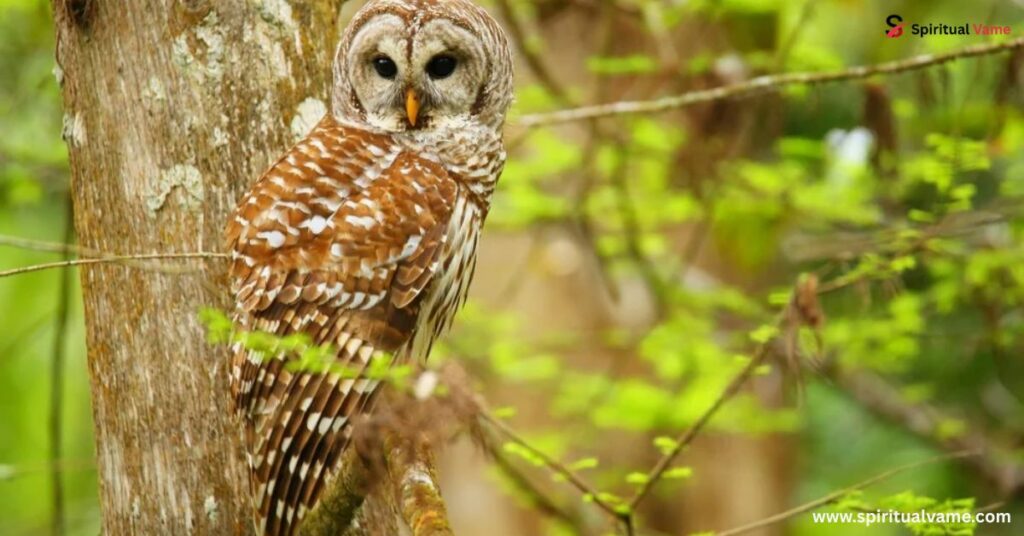
When learning how to attract owls to your garden, start by creating a natural, welcoming environment. Include dense foliage, mature trees, tree cavities, brush piles, and perching spots. Make sure your space is rich with small mammals and insects that owls love to eat. Avoid using pesticides and chemical products because they can poison the owls’ food supply.
You should also provide clean water sources like a bird bath. Water attracts all sorts of creatures, making your garden even more appealing to owls. If possible, leave parts of your garden wild with leaf litter, rock piles, tree stumps, and tree logs to encourage a healthy prey population.
ATTRACTING OWLS TO YOUR BACKYARD
If you want to focus on attracting owls to your backyard, think about creating safe roosting and nesting spots. Dead trees and snags are perfect natural shelters. If you don’t have those, build a nesting box filled with wood shavings, wood chips, or sawdust. You can also plant native trees and allow tall grass areas to grow where ground squirrels and voles live. These are favorite foods for many species like the Short-eared Owl and Burrowing Owl.
Safely, Responsibly, Ethically
It is important to remember that owls must be treated with respect. Avoid disturbing their nests or trying to touch or capture them. Following ethical guidelines means promoting habitat preservation, reducing pesticide use, and ensuring owls have a safe environment to live in. Never try to relocate an owl yourself or trap it. Instead, support conservation efforts through organizations like the Audubon Society or learn from experts at Cornell Lab of Ornithology.
If your area is NOT safe for owls…
If your garden or yard is not safe, you should work on fixing that first. You can reduce danger by turning off bright lights, adding motion-activated lights, and keeping pets indoors during the night. You can also help owls by supporting habitat preservation projects nearby.
If your area IS safe for owls…
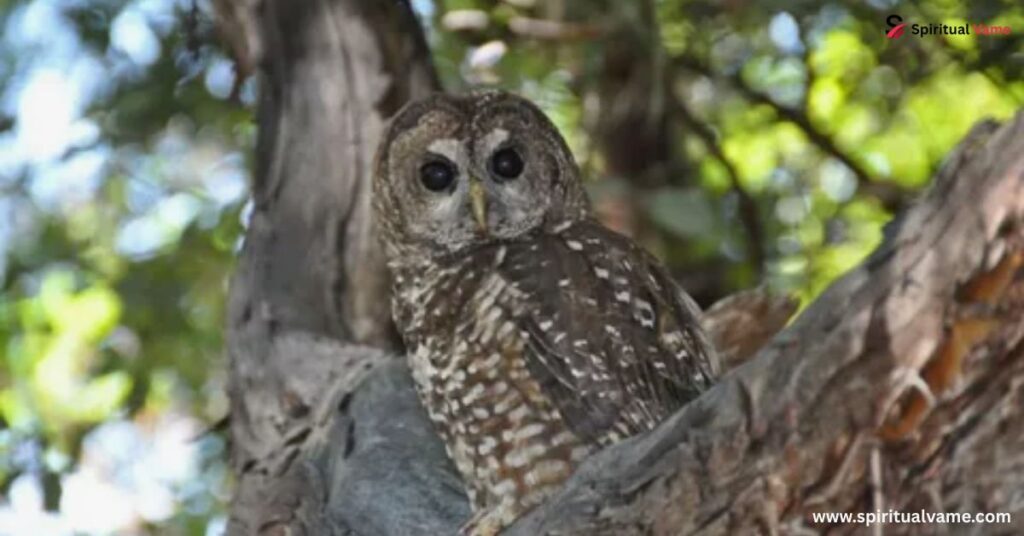
If your garden is already safe, you can start adding perching sites, planting native grasses, building brush piles, and setting up bird baths. Owls prefer calm, dark spaces where they can listen for the sounds of small mammals and insects moving at night.
Step 1: Which owls are in your area?
It’s important to know which owls live near you. For example, the Barn Owl, Barred Owl, and Great Horned Owl are very common across the USA. In the western parts of the country, you might also find the Western Screech Owl or the Burrowing Owl. In northern areas like Minnesota and Canada, you can even spot a Great Gray Owl or a Northern Pygmy Owl. Checking resources like Birdful or World Birds can help you find out which species to expect.
Step 2: Install A Nest Box
If you don’t have any tree cavities or dead trees, installing a nesting box is the next best thing. Use untreated wood and fill the box with wood chips or wood shavings. Make sure to add a predator guard to protect the owls from snakes, raccoons, or other animals. Install the box 10 to 20 feet above the ground, preferably near open fields where rodents are easy to catch.
Step 3: Welcome Rodents
It might sound strange, but welcoming mice, voles, and ground squirrels will help. Owls feed on these small mammals and depend on them for survival. Stop using traps, pesticides, or rodenticides and let your yard return to a natural balance. Owls are much better hunters than any chemical poison and will naturally keep the prey population under control.
Step 4: Avoid Deforestation
One of the biggest dangers to owl populations is deforestation. Cutting down mature trees, snags, and dead trees destroys nesting spots and forces owls away. If you can, plant trees, protect old trees, and support local forest protection groups. Even one dead tree can make a huge difference to an owl looking for a home.
Step 5: Turn off your lights
Bright outdoor lighting can confuse and scare nocturnal hunters like owls. Use motion-activated lights instead of leaving lights on all night. You can also use passive infrared motion detectors to help protect your property without disturbing the owls. Reducing light pollution makes your space more attractive to Eastern Screech Owls, Barred Owls, and other species that hunt at night.
How to attract Owls to your garden
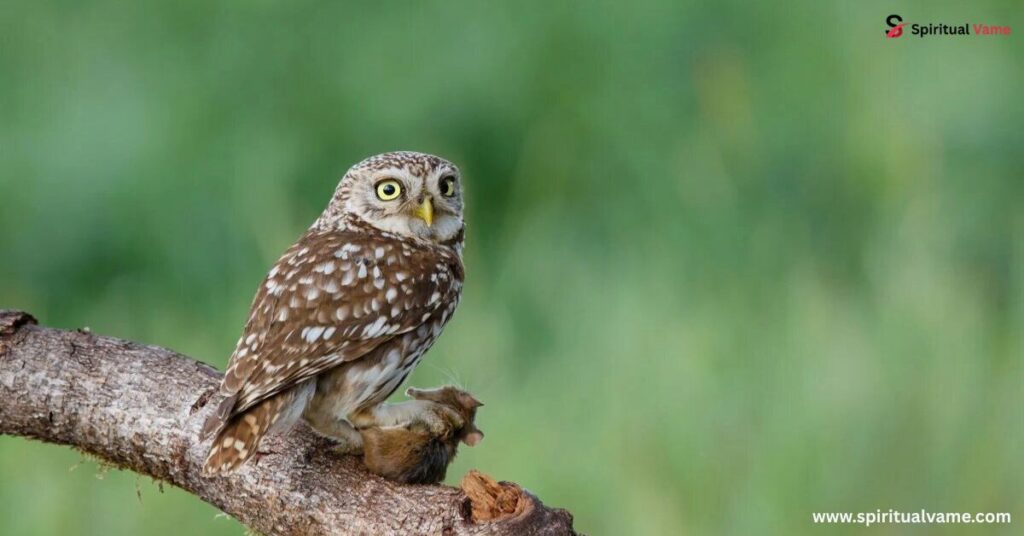
There are a few simple but powerful ways to encourage owls to visit your garden. First, install a nesting box in a quiet, dark spot. Fill it with wood chips or sawdust and add a predator guard. Second, avoid using rat poison or agrochemicals because these can kill the owl’s food. Third, reduce bright lights by switching to motion-activated lights. Fourth, if you find owl food like rodents or even large insects, leave them outside. And finally, stop mowing some areas of your garden to encourage wildflowers, native grasses, and other prey-attracting plants.
How to attract barn owls to your garden
To attract a Barn Owl, you should set up large, open hunting spaces like fields or meadows. Barn Owls love tree cavities, old buildings, and nesting boxes near fields full of small mammals. You should avoid clearing long grass and planting hedgerows if possible. Use local resources like Gardening Know How to find the right trees and grasses to plant.
How to attract tawny owls to your garden
Tawny Owls love wooded areas and dense foliage. If you want to attract one, make sure your garden has a mix of tall trees, tree branches, and tree hollows. Creating a wild corner in your garden with leaf litter and rock piles will make your space even more attractive to this species. Remember, Tawny Owls prefer quiet, undisturbed spaces, so reducing human activity helps too.
How to attract little owls to your garden
Little Owls are easier to attract than many other species. They like low trees, barns, and open spaces with lots of perching spots. Build a small nesting box low to the ground, offer plenty of natural food sources like insects, and leave parts of your garden unmowed. Using advice from sources like Good Housekeeping or World Birds can help you design the perfect garden for these charming little birds.
Conclusion
In conclusion, how to attract owls is all about creating a safe and welcoming home for them. When you offer natural spaces like dead trees, dense foliage, and build a nesting box, you invite these beautiful birds to stay. Adding a water source like a bird bath and reducing outdoor lighting also helps a lot. Keeping your yard full of native grasses, brush piles, and rock piles will make it even better for owls. Remember, using less rodenticide and pesticides keeps the prey population healthy for them.
Learning how to attract owls takes time, but it is very rewarding. Following simple steps on how to attract owls will bring magic to your backyard!

